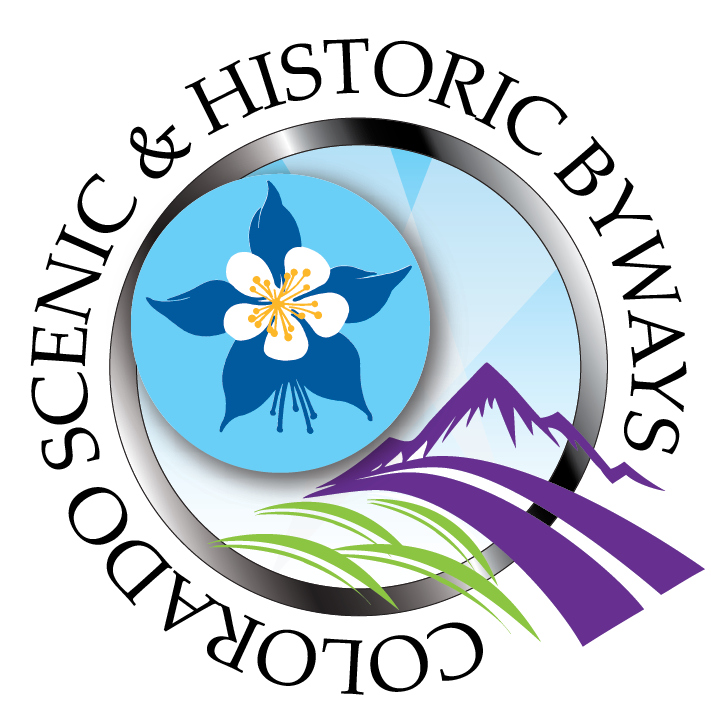Our coalition members, partners and industry colleagues may be wondering how we as organizations can support local communities in the face of COVID-19. Here are 11 ideas.
Share the Facts: Share factual information about public health and safety. Link to reliable resources like the World Health Organization, Centers for Disease Control, Colorado Governor Jared Polis’ Facebook page, and state and county public health departments, including Colorado Department of Public Health and Environment. Share information that supports the latest guidelines for staying healthy and avoiding contact with others.
Lead by Example: “Social distancing” maybe the current buzz word but it is also proving to be an effective way to slow the spread of the virus. Many of you have already taken steps to close offices, work from home, and cancel events and meetings. Others in our communities will be more likely to do the same if they see trusted organizations taking action to protect everyone’s health.
Share Information about Available Resources: With people pausing work or potentially out of work, and children home from school, our community members may be looking for resources, such as food banks, for the first time. Share information about where those resources can be found, including location and pick-up times. Issue a “call for volunteers” in your community who can pick up and deliver supplies to others in need who are unable to do so themselves. Note that each resource is different and has needs, too; for example, some food banks need donated food and supplies, and others need financial support. Sharing that information with your community will also help those who are looking to help but are not sure where to direct it. Take advantage of local community email groups and listservs (like NextDoor), in addition to your email, social media channels and websites, to share information.
Lend a Hand to Your Neighbors or Community Members: Encourage your followers to follow in the footsteps of Fred Rogers (Mister Rogers’ Neighborhood), who said, “Look for the helpers.” We can all be helpers by safely and responsibly checking on neighbors and offering to pick up and deliver groceries and other supplies. This includes elderly neighbors or parents with young children who don’t have work-from-home options. Be sure to remind people to use proper hand-washing techniques when making contact with others, especially the elderly. These actions not only support some of our most vulnerable community members who may not have anyone to help, but also reminds people that we can connect and are in this together.
Start a Fundraiser. If your community has a great need in the coming weeks and your organization has a great donor base, consider activating your donors for a joint fundraiser. Digital fundraising tools like GoFundMe, or payment sharing tools like Venmo, are other secure ways to collect funds to support community members or neighbors in need.
Spread Positive Vibes: Share stories via email and social media with positive stories about your organization, conservation efforts or fun nature facts. People will want and need a break from all the COVID-19 news, and what better mental break than reading a story about a beautiful place conserved forever in their own backyards?
Get Out…side: Remind people how to safely get outside and connect with nature. This may mean walking or biking to a local trail. Or it may mean visiting the backyard for some Vitamin D and local bird watching. Consider posting an outdoor activity a day to remind people that there are safe alternatives to feeling overwhelmed and being isolated indoors. We advise against organizing group hikes or group outdoor activities of any kind, however.
Help People Feel Connected: Use technology to host workshops, webinars, nature talks or social media contests that help people feel connected to each other and to your work without needing to meet in person. Create fun online quizzes or photo contests that make people feel inspired and hopeful. Host a virtual interview with a landowner to talk about why they conserved their land, or with a rock-star volunteer to talk about why they dedicate their time and energy to conservation.
Help a Parent Out: No, don’t offer babysitting, but do offer ideas for kids and families. Remember, with many kids out of school, this time offers an opportunity for families to connect with nature, even in their own backyards. Post a daily nature hunt or outside activity that can easily be done anywhere. Host a virtual bird count, have kids share photos of digging for bugs or make nature art. The options are endless, and parents and kids will be grateful. Many of you host environmental education programs or hikes with a naturalist. Consider ways to share those activities online for families as well.
Support Local Businesses: Use your own media channels to highlight local businesses. While many businesses may be closed temporarily, they will be in need of patrons once they reopen. Use this as an opportunity to support partnerships with local businesses or build new ones. Perhaps they will do the same for your organization. Consider highlighting any businesses that are still operating online. For example, with spring planting soon upon us, ordering garden seeds online from local family producers could be a good option right now.
Be a Calm Voice: No matter what you post, host or email out, provide your community with leadership by being a calm voice of reason, a respite from the news which may feel overwhelming, and a reliable source of information. This includes reminding people not to panic and to avoid hoarding supplies. Our organizations are trusted leaders in our communities. Let's leverage this by sharing responsible information and advice, offering resources our communities need, and helping our neighbors stay connected, even in isolation.











